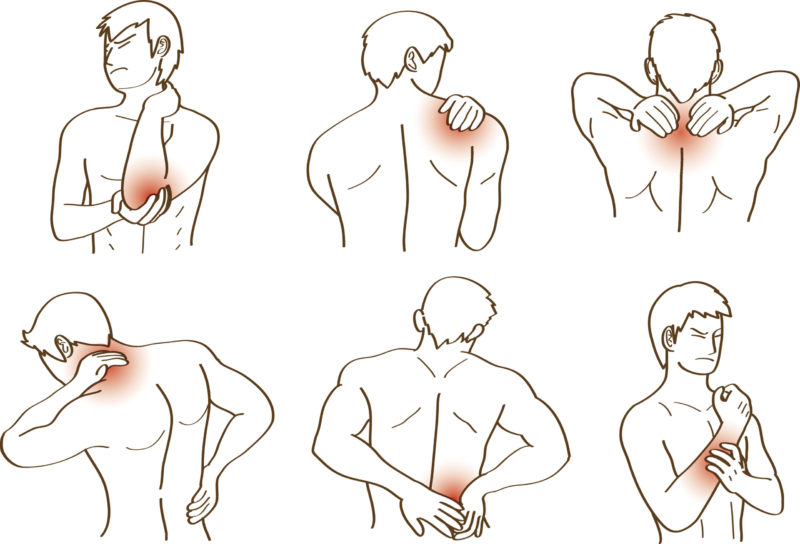One of the main symptoms of psoriatic arthritis (PsA) is joint pain and stiffness, particularly in the hands and feet. But a new study suggests that widespread pain might be more common among PsA patients than previously realized.
The study, published in the Journal of Rheumatology, included 50 PsA patients, as well as 50 people with fibromyalgia who were used as control subjects. (People who had both PsA and fibromyalgia were excluded from the study.) The researchers, who are based in Italy, asked participants to map the location and intensity of their pain by filling out a body chart. The researchers also recorded the PsA patients’ current disease activity level, based on the Disease Activity Index for PsA (DAPSA). (DAPSA factors in the number of swollen and tender joints, levels of inflammation as measured by C-reactive protein, and a patient’s assessment of their disease activity and joint pain.)
According to the findings, the fibromyalgia patients reported more pain overall. This is not unexpected, considering that fibromyalgia is a chronic widespread pain condition. But the researchers were surprised to find that 45 psoriatic arthritis patients (90 percent of the group) reported areas of pain. Additionally, reports of widespread pain — meaning pain in several different areas of the body — was fairly common among PsA patients.
Researchers observed a correlation between the number of painful areas and disease activity scores. People with moderate or high disease activity scores had more painful areas.
Is Widespread Pain More Common in PsA Patients Than Expected?
The findings indicate that, “widespread and extra-articular pain was present in PsA patients, showing that this non-articular pain could contribute to an important aspect of this challenging and multifaceted disease,” the authors wrote.
In other words, psoriatic arthritis patients may have pain that is unrelated to joint pain and swelling, which could require different treatment approaches in addition to disease-modifying antirheumatic drugs taken to control inflammation.
That said, there are some limitations to this recent study. Since disease activity scores factor in subjective measures, including perceived pain, the authors noted that patients (and providers) might overestimate or underestimate a patient’s disease. Additionally, the researchers did not account for possible confounding factors that might increase pain, such as depression.
Finally, given this study’s small size, more research on the subject is warranted. In the meantime, the researchers wrote that, “a more detailed pain evaluation may be useful for the management of PsA.”
It’s important to be as detailed as possible when describing your pain symptoms to your doctor. This can help them determine whether your pain may be due to inflammation related to psoriatic arthritis disease activity, a widespread pain condition like fibromyalgia, or other issues.
Track Your Symptoms with ArthritisPower
Join CreakyJoints’ patient-centered research registry and track symptoms like fatigue and pain. Learn more and sign up here.
Akirov A. Widespread, Extra-Articular Pain Common in Patients With Psoriatic Arthritis.” Rheumatology Advisor. February 25, 2021. https://www.rheumatologyadvisor.com/home/topics/spondyloarthritis/widespread-extra-articular-pain-common-in-patients-with-psa/.
Lubrano E. Assessment of widespread and extra-articular pain in psoriatic arthritis: a case-control study. Journal of Rheumatology. January 15, 2021. doi: https://doi.org/10.3899/jrheum.201163.






